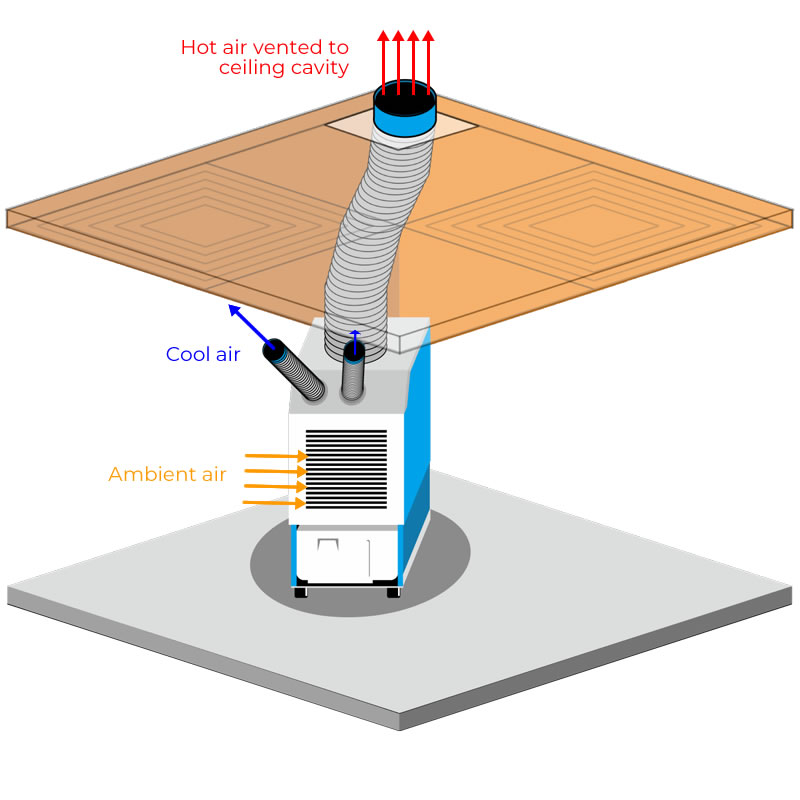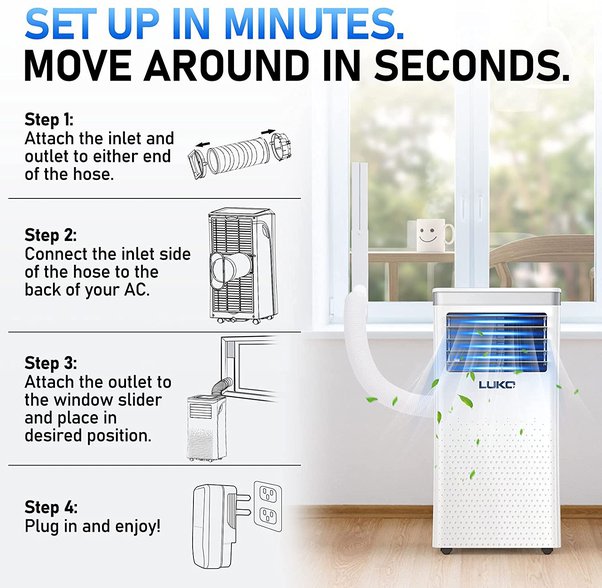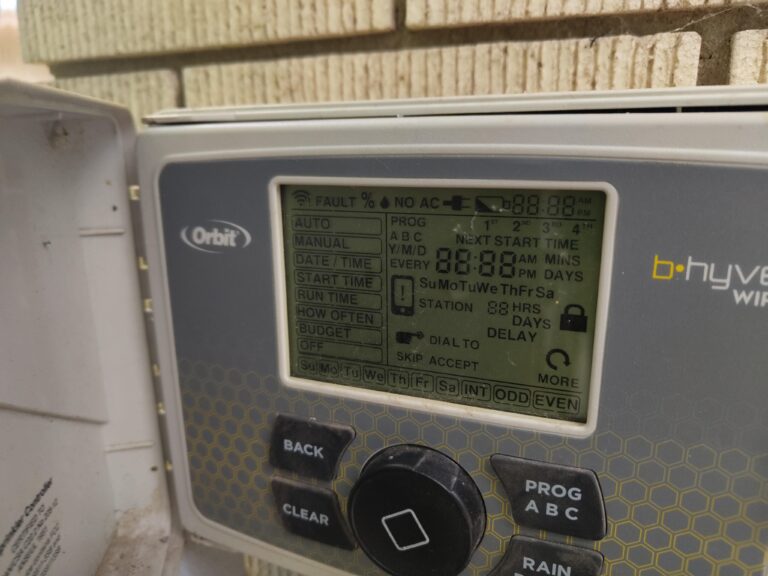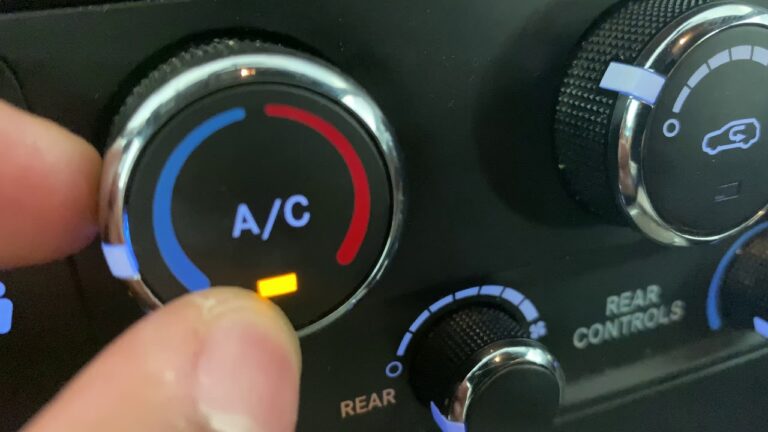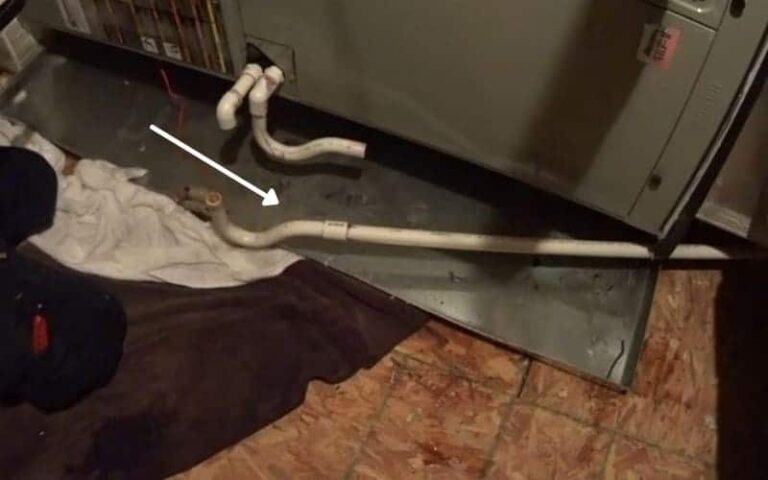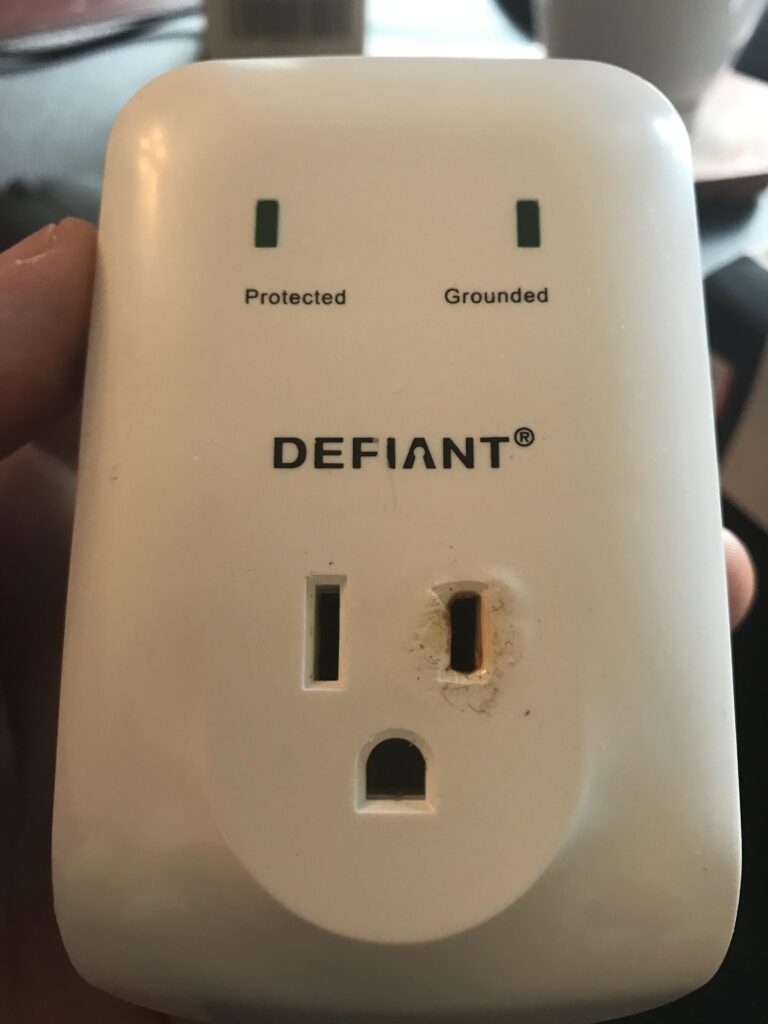Can You Vent A Portable Air Conditioner Into Another Room? Find Out How!
Yes, you can vent a portable air conditioner into another room. This method is not recommended due to inefficiency.
Portable air conditioners require proper ventilation to expel hot air and function effectively. While venting into another room is possible, it often leads to reduced efficiency and discomfort. The expelled hot air can make the adjacent room warmer, creating an imbalance in your home’s overall temperature.
It’s essential to ensure that the room receiving the vented air is well-ventilated or unused. For optimal performance, it’s best to vent the portable air conditioner through a window or an external wall. This setup ensures that the hot air is expelled outside, maintaining a cooler and more comfortable indoor environment.

Credit: m.youtube.com
Introduction To Portable Air Conditioners
Portable air conditioners are popular for their flexibility and ease of use. They are perfect for cooling single rooms and small spaces. Unlike window units, they don’t need permanent installation.
What They Are
Portable air conditioners are self-contained units. They can be moved from room to room. They come with a hose to vent hot air outside. Most units also have wheels for easy movement. They are ideal for renters or temporary cooling solutions.
How They Work
Portable air conditioners work by pulling in warm air. They cool the air with a refrigerant. The cool air is then circulated back into the room. The warm air is vented out through the hose. This process repeats to maintain a cool temperature. Here’s a simple breakdown:
- Warm air is drawn into the unit.
- Air passes over a refrigerant, cooling it.
- Cool air is blown back into the room.
- Hot air is expelled through the hose.
Some units also come with additional features. These can include dehumidifiers and air purifiers. This makes them versatile appliances for home comfort.
| Feature | Benefit |
|---|---|
| Mobility | Easy to move around |
| Easy Installation | No permanent setup required |
| Versatility | Cools, dehumidifies, and purifies air |
Portable air conditioners are a great choice for flexible cooling needs. They are easy to set up and use. They offer a quick solution for hot days.
Importance Of Proper Venting
Proper venting of a portable air conditioner is crucial. Without it, the unit cannot function effectively. Improper venting can lead to health risks and performance issues. This section will discuss why proper venting is essential.
Health Implications
Proper venting helps maintain indoor air quality. Without venting, the air conditioner can release warm air inside. This can cause increased humidity and mold growth. Mold can trigger allergies and respiratory problems. Ensuring proper venting can prevent these health issues.
Performance Issues
Venting impacts the air conditioner’s performance directly. Without proper venting, the unit works harder to cool the room. This can lead to higher energy consumption and utility bills. Also, the air conditioner may overheat and shut down. Proper venting ensures the unit runs efficiently.
Below is a table summarizing the importance of proper venting:
| Aspect | Effect of Improper Venting | Benefit of Proper Venting |
|---|---|---|
| Health | Increased humidity and mold growth | Maintains indoor air quality |
| Performance | Higher energy consumption | Efficient cooling |
| Unit Lifespan | Possible overheating and shutdown | Longer unit lifespan |
Common Venting Methods
Venting a portable air conditioner is crucial. It ensures the unit works efficiently. There are several common venting methods. Each method has its pros and cons. Let’s explore the most popular ones.
Window Venting
Window venting is the most common method. It is easy and quick. Here are the steps:
- Measure the window opening.
- Install the venting kit in the window.
- Connect the hose to the venting kit.
- Secure the hose with tape.
This method works well for most windows. It keeps the hot air outside. Make sure the window is sealed properly. This prevents air leaks.
Sliding Door Venting
Sliding door venting is ideal for rooms with sliding doors. It is similar to window venting. Here are the steps:
- Measure the sliding door opening.
- Install the venting kit in the door track.
- Connect the hose to the venting kit.
- Secure the hose with tape.
This method is great for larger openings. It allows for more flexibility. Ensure the door can still slide smoothly. Proper sealing is important to prevent air leaks.

Credit: www.tcl.com
Venting Into Another Room
Many people wonder if they can vent their portable air conditioners into another room. This method may seem like a quick solution. It’s important to understand the feasibility and potential problems.
Feasibility
Venting your portable air conditioner into another room is possible. You need an exit point for the hot air. This can be a door or a window in the other room. You can use an extension hose for longer distances.
Ensure the other room is well-ventilated. The hot air needs to escape. Otherwise, the heat will come back into the room you are cooling.
Potential Problems
Heat Transfer: The main issue is heat transfer. The other room will heat up. This can make the adjacent rooms uncomfortable.
Air Quality: The hot air can affect air quality. It may cause stuffiness and humidity. This can lead to mold and mildew.
Efficiency: Venting into another room can reduce the efficiency of your air conditioner. The unit works harder. This can increase energy costs.
Noise: The noise level can also increase. The sound of the air conditioner can be heard in the adjacent room.
| Issues | Impact |
|---|---|
| Heat Transfer | Increases temperature in adjacent rooms |
| Air Quality | Causes stuffiness and humidity |
| Efficiency | Reduces cooling efficiency |
| Noise | Increases noise levels |
Considering these factors is important before deciding to vent your portable air conditioner into another room. This can save time and money in the long run.
Necessary Equipment For Venting
To successfully vent a portable air conditioner into another room, you need specific equipment. Proper equipment ensures efficient cooling and prevents air leaks. Below are the essential materials and solutions required for venting.
Ducting Materials
Ducting materials are crucial for venting your portable air conditioner. They channel hot air out of the unit and into another room.
- Flexible Duct: A flexible duct is easy to install. It allows for bending and stretching.
- Rigid Duct: A rigid duct is more durable. It provides a stable airflow path.
- Hose Clamps: Hose clamps secure the duct to the air conditioner and vent.
Choose a duct that matches your air conditioner’s vent size. Ensure it is long enough to reach the other room.
Sealing Solutions
Proper sealing is essential to prevent air leaks. Air leaks can reduce the efficiency of your portable air conditioner.
- Foam Seals: Foam seals fill gaps around ducts. They prevent air from escaping.
- Weather Stripping: Weather stripping seals the edges of doors and windows. It keeps the cool air inside.
- Caulk: Use caulk to seal small gaps. It is applied with a caulking gun.
Sealing solutions ensure that no hot air leaks into the room you want to keep cool. They help maintain optimal cooling performance.
Here is a simple table summarizing the necessary equipment:
| Category | Equipment |
|---|---|
| Ducting Materials | Flexible Duct, Rigid Duct, Hose Clamps |
| Sealing Solutions | Foam Seals, Weather Stripping, Caulk |

Credit: www.youtube.com
Step-by-step Venting Guide
Venting a portable air conditioner into another room can be a smart solution. This guide will help you do it correctly. Follow these steps for a successful installation.
Preparation
Before starting, gather all the necessary tools and materials. You will need:
- Portable air conditioner
- Vent hose
- Window vent kit
- Screwdriver
- Measuring tape
Choose a room with a window or an opening. Ensure there is enough space for the vent hose. Measure the window or opening for the vent kit. This ensures a proper fit.
Installation
Now let’s move on to the installation process.
- Attach the vent hose: Connect one end of the vent hose to the back of the AC unit.
- Install the window kit: Place the window kit in the window or opening. Adjust it to fit snugly.
- Connect the vent hose: Attach the other end of the vent hose to the window kit.
- Secure the connection: Tighten the connections using a screwdriver. Ensure there are no gaps.
- Test the setup: Turn on the air conditioner. Check for proper airflow and ensure everything is secure.
By following these steps, you can vent your portable air conditioner into another room easily. Enjoy a cooler home environment!
Safety Considerations
Venting a portable air conditioner into another room might sound convenient. Yet, it’s crucial to understand the safety risks involved. This section will cover important safety considerations, including fire hazards and air quality.
Fire Hazards
Fire hazards pose a significant risk when venting a portable air conditioner into another room. Most portable AC units generate heat during operation. This heat must be expelled efficiently to avoid overheating.
If the hot air is vented into another room, the temperature in that room can rise. This can create a potential fire hazard, especially if the room contains flammable materials. Always ensure that there is proper ventilation and no flammable items nearby.
To minimize fire risks, follow these guidelines:
- Keep the vent hose straight and free of kinks.
- Use only the recommended venting kits and materials.
- Do not place the unit near curtains or other flammable objects.
Air Quality
Another vital safety consideration is air quality. Venting the unit into another room can affect the air quality in both rooms.
The room receiving the vented air may become hotter and more humid. This can lead to mold growth and poor air quality. Inhaling mold spores can cause health issues.
To maintain good air quality, keep these tips in mind:
- Ensure the vented room has proper ventilation.
- Regularly clean the air filters in your AC unit.
- Avoid venting into small, enclosed spaces.
By following these guidelines, you can reduce the risk of air quality issues and maintain a safe environment.
Alternative Cooling Solutions
Sometimes, venting a portable air conditioner into another room isn’t ideal. Luckily, there are alternative cooling solutions available. These options can help maintain a comfortable temperature without complex installations.
Fans And Ventilators
Fans and ventilators are simple yet effective cooling solutions. They circulate air, making a room feel cooler. Here’s a breakdown:
- Ceiling fans: Ceiling fans distribute air evenly. They are energy-efficient and easy to install.
- Box fans: Box fans are portable and can be placed anywhere. They are great for small spaces.
- Window fans: Window fans pull in cool air from outside. They also expel hot air from inside.
- Ventilators: Ventilators improve air circulation. They are perfect for rooms without windows.
Evaporative Coolers
Evaporative coolers are another excellent alternative. They work by evaporating water to cool the air. Here’s what you need to know:
| Type | Features |
|---|---|
| Portable units: | Portable evaporative coolers are easy to move. They are ideal for single rooms. |
| Window units: | Window units are installed in a window. They cool larger areas efficiently. |
| Whole-house systems: | Whole-house systems cool the entire home. They require professional installation. |
Evaporative coolers use less energy than air conditioners. They are also eco-friendly. For best results, use them in dry climates.
Frequently Asked Questions
How To Vent Portable Ac Into Another Room?
Use a venting kit to connect the portable AC to a window or wall in the adjacent room. Seal gaps tightly.
Do All Portable Air Conditioners Have To Be Vented Out A Window?
Most portable air conditioners need to be vented out a window. Some models use ventless technology or evaporative cooling.
How Do I Redirect My Ac Airflow To Another Room?
To redirect AC airflow, close vents in unused rooms and open vents in the desired room. Use fans to help circulate air.
Conclusion
Venting a portable air conditioner into another room is possible. Ensure proper airflow and avoid overheating. Use ductwork and fans for better efficiency. Always follow the manufacturer’s guidelines for safety. This setup can be a practical solution for your cooling needs.
Experiment and find what works best for your space.

